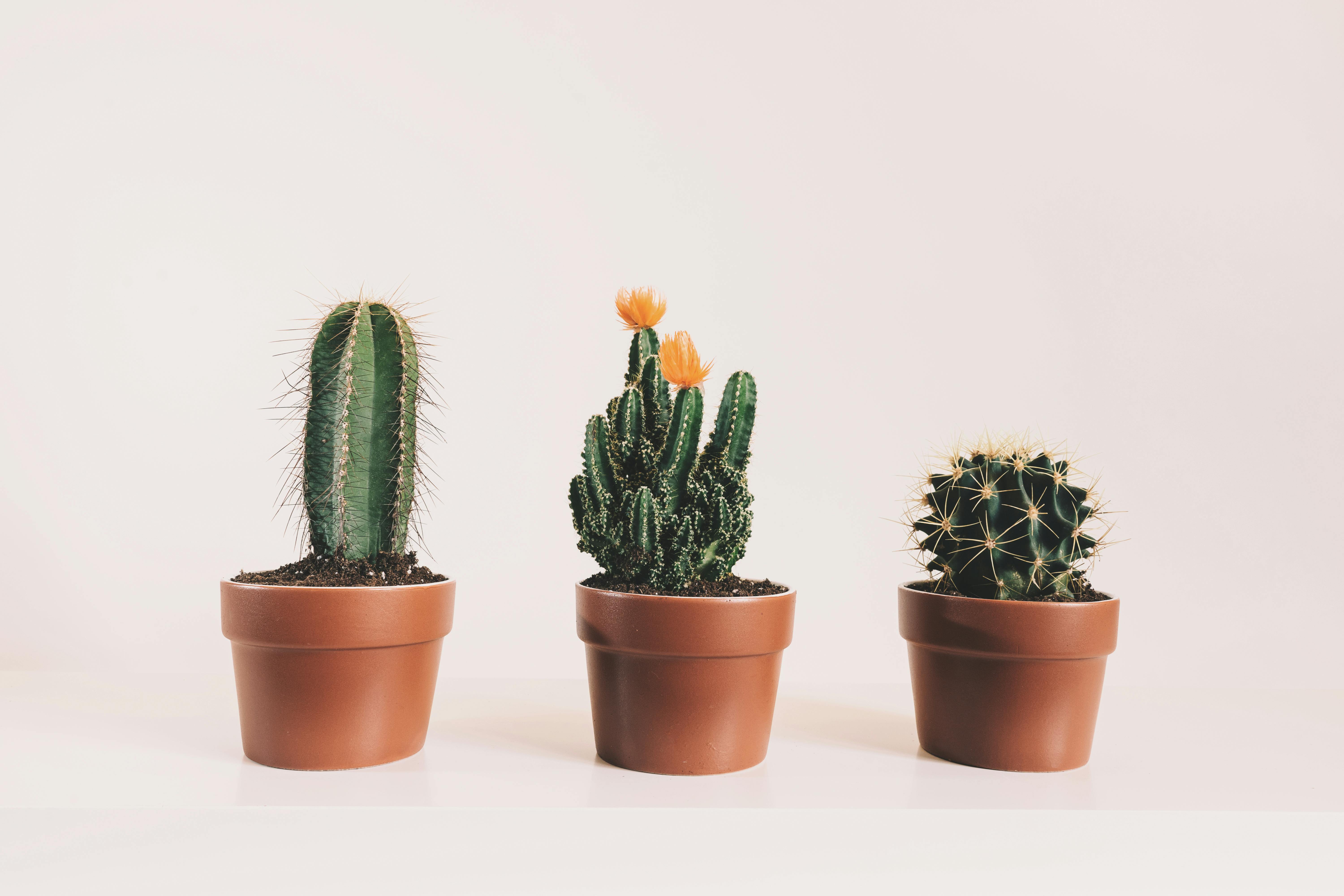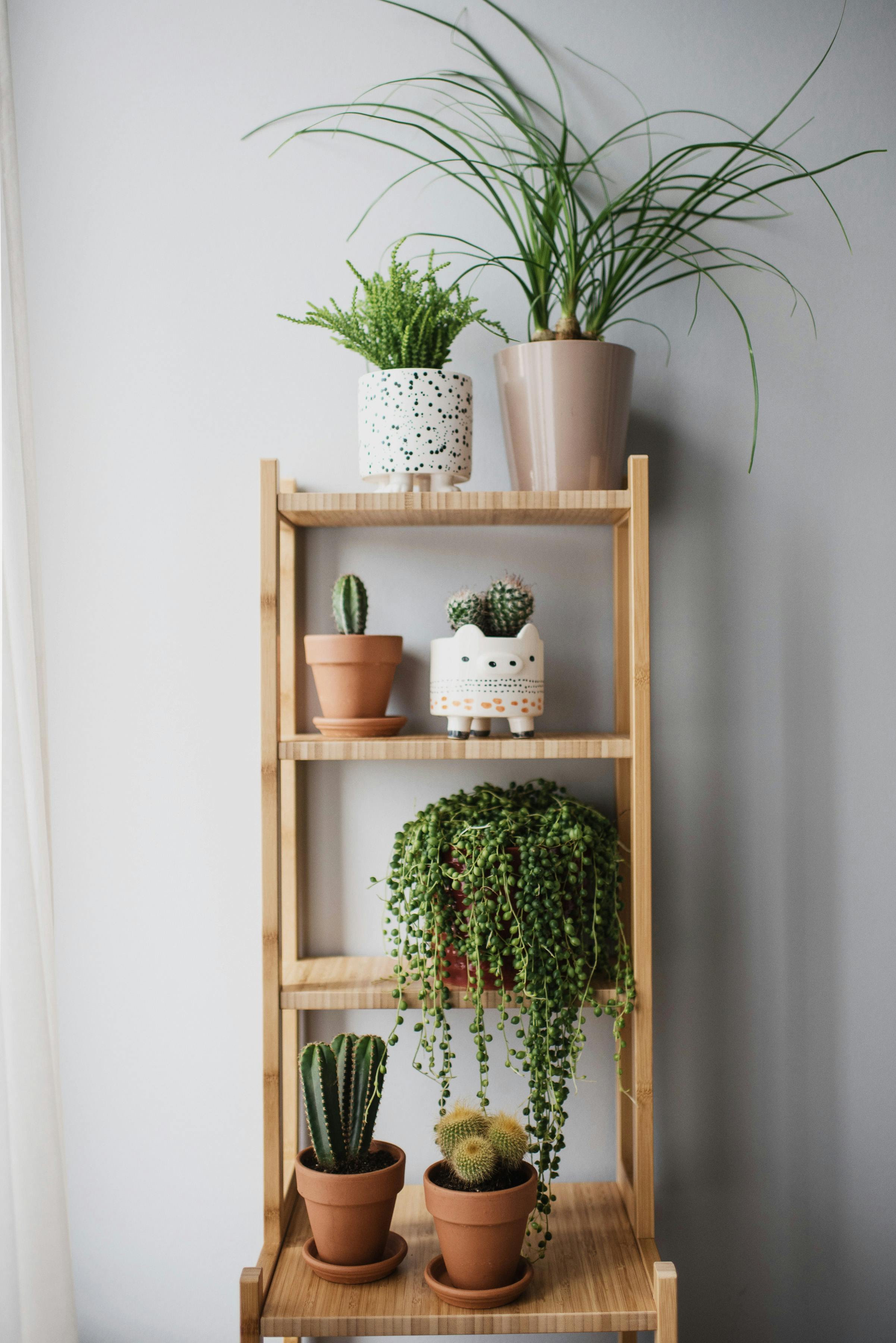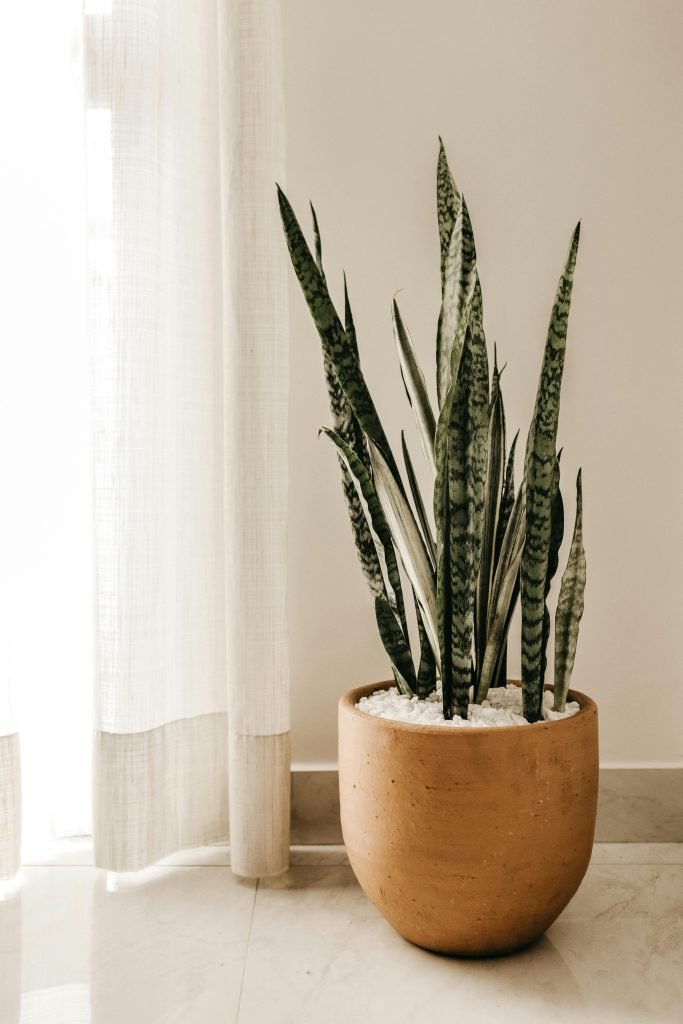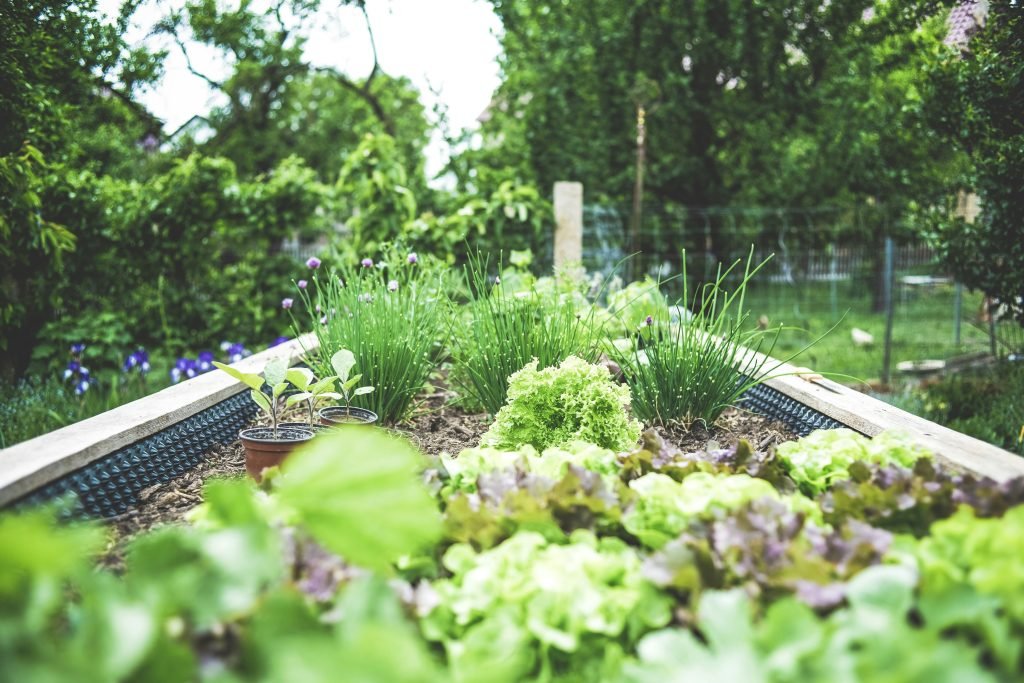Have you ever thought about bringing a bit of greenery into your home but weren’t sure where to start? Let’s talk about some fantastic options for beginners who want to dip their toes into the world of indoor gardening.

This image is property of images.pexels.com.
Why Choose Indoor Plants?
Indoor plants are not just about beautifying your space; they offer numerous benefits. They can improve air quality, boost your mood, and even enhance your productivity. Plus, nurturing plants can be a rewarding and therapeutic hobby. If you’ve been hesitant to start, don’t worry! There are plenty of plants that are forgiving and low-maintenance, perfect for those just beginning their plant journey.
Characteristics of Beginner-Friendly Plants
Before we discuss specific plants, it’s important to understand what characteristics make a plant beginner-friendly. Generally, you want plants that are:
- Low-maintenance: They require minimal care and attention.
- Resilient: They can tolerate neglect, such as infrequent watering or varying light conditions.
- Pest-resistant: They are less likely to develop infestations from common plant pests.
Let’s jump into some plant options that fit the bill!

This image is property of images.pexels.com.
Popular Indoor Plants for Beginners
1. Snake Plant (Sansevieria)
The Snake Plant is a favorite among beginners. Its striking, upright leaves and variegated patterns make it a stylish addition to any room.
- Light Requirements: Tolerates a wide range of light conditions, from low light to bright indirect light.
- Watering Needs: Needs watering every two to six weeks—allow the soil to dry out completely between waterings.
2. Pothos (Epipremnum aureum)
Pothos is an incredibly resilient vine that is often recommended for novice plant owners. Its heart-shaped leaves can be green or variegated, offering various aesthetic options.
- Light Requirements: Thrives in low to bright, indirect light.
- Watering Needs: Water it every 1-2 weeks, allowing the soil to dry out between waterings.
3. ZZ Plant (Zamioculcas zamiifolia)
The ZZ Plant is almost indestructible, making it perfect for beginners who may forget to water occasionally.
- Light Requirements: Prefers low to bright, indirect light but can tolerate low light for extended periods.
- Watering Needs: Requires watering every 2-3 weeks; remember, it’s better to underwater than overwater.
4. Spider Plant (Chlorophytum comosum)
Spider Plants are not only easy to care for, but they are also known for their air-purifying qualities.
- Light Requirements: Grows well in bright, indirect sunlight but can adapt to low light.
- Watering Needs: Water when the top inch of soil feels dry, approximately every week.
5. Peace Lily (Spathiphyllum)
The Peace Lily is renowned for its beautiful white flowers and glossy green leaves. It’s also effective at filtering indoor air pollutants.
- Light Requirements: Prefers medium to low indirect sunlight.
- Watering Needs: Keep the soil moist; typically, it needs watering once a week.
Caring for Your Beginner Plants
Caring for plants can seem daunting at first, but with a few simple tips, you can keep your plants thriving.
Light Levels
Understanding your plant’s light requirements is crucial. Most of the recommended plants can adapt to various light conditions, but achieving the right balance will result in healthier plants.
- Direct Sunlight: Usually too harsh for most houseplants; if needed, filter through sheer curtains.
- Indirect Sunlight: Ideal for nearly all of these beginner plants.
- Low Light: Some plants can thrive even in low light.
Watering Tips
One of the biggest mistakes new plant owners make is overwatering. Here are a few tips:
- Always check the soil moisture before watering.
- Consider using pots with drainage holes to prevent stagnant water.
- Use room temperature water for watering to avoid shocking the roots.
Fertilizing
While your beginner plants don’t require heavy fertilization, a little can go a long way.
- Timing: Fertilize during the growing season (spring and summer) about once a month.
- Type: Use a balanced houseplant fertilizer diluted to half strength.
Repotting
Repotting can encourage healthy growth as plants increase in size and the nutrients in the soil deplete.
- Signs to Repot: If you notice roots growing out of the drainage holes or the plant seems stunted.
- Timing: Spring is typically the best time to repot.

This image is property of images.pexels.com.
Troubleshooting Common Problems
Even novice plant owners may encounter challenges. Here are some common issues and their solutions:
Yellowing Leaves
Yellow leaves can result from a few factors, including overwatering, inadequate light, or nutrient deficiencies.
- Solution: Check the watering schedule and assess light conditions accordingly.
Brown Leaf Tips
Brown tips can indicate underwatering, low humidity, or excessive fertilizer.
- Solution: Increase humidity by misting or using a humidity tray, and avoid over-fertilizing.
Pests
Pests such as spider mites, aphids, or mealybugs might show up on your plants.
- Solution: Regularly inspect your plants and use insecticidal soap or neem oil if pests are present.
Choosing the Right Pot
When selecting a pot for your new plants, you have a few key things to consider:
Drainage
Opt for pots with drainage holes to help prevent waterlogging. If you have a pot without drainage, consider using it as a decorative outer pot and placing your plant in a standard pot inside.
Size
Choose a pot that is appropriately sized for your plant. A pot that is too large may hold excess moisture, while one that’s too small can restrict root growth.
Material
You can find pots made from various materials, including ceramic, plastic, and terracotta. Ceramic pots are visually appealing but can be heavy. Terracotta is porous and allows for airflow but may dry out quickly.
Where to Buy Beginner Plants
You can find beginner-friendly plants at various establishments, including:
- Local Nurseries: These often have a knowledgeable staff who can give you specific care advice.
- Garden Centers: Larger garden centers typically offer a wide selection of houseplants.
- Online Retailers: Many reputable online shops deliver healthy plants right to your door; just ensure they have good reviews regarding plant health.
Styling Your Plants
Now that you’ve chosen your plants, it’s time to incorporate them into your space! Here are some ideas:
Grouping
Create plant clusters of varying heights to add dimension to your space. Mix different plants, such as tall Snake Plants or Dracaena, with shorter Pothos or peace lilies.
Shelving
Utilize shelves to showcase small plants. This not only saves floor space but also creates visual interest.
Corners and Tables
Use corners to place taller plants where they can thrive. Tables or desks can accommodate smaller plants, bringing greenery into areas where you spend a lot of time.
Building Your Confidence
Starting your plant journey is all about learning from experience. Here are some suggestions to boost your confidence as a novice plant owner:
Educate Yourself
There are many resources online and in print that can provide valuable information. Consider joining online plant communities or local gardening clubs to learn from other plant enthusiasts.
Start Small
Don’t feel pressured to fill your home with countless plants right away. Starting with one or two can help you learn and grow your plant care skills gradually.
Celebrate Successes
Take time to enjoy the beauty of your healthy plants and celebrate your successes, no matter how small. Each new leaf or bloom is an achievement!
Conclusion
Beginning your plant-growing journey can feel overwhelming, but it doesn’t have to be. With the right selection of hardy plants and a bit of understanding about their care, you can succeed in creating a vibrant indoor garden. From Snake Plants to Pothos, you have various options to choose from. Remember, plant care is as much about enjoying the process as it is about the final result. Happy planting!




